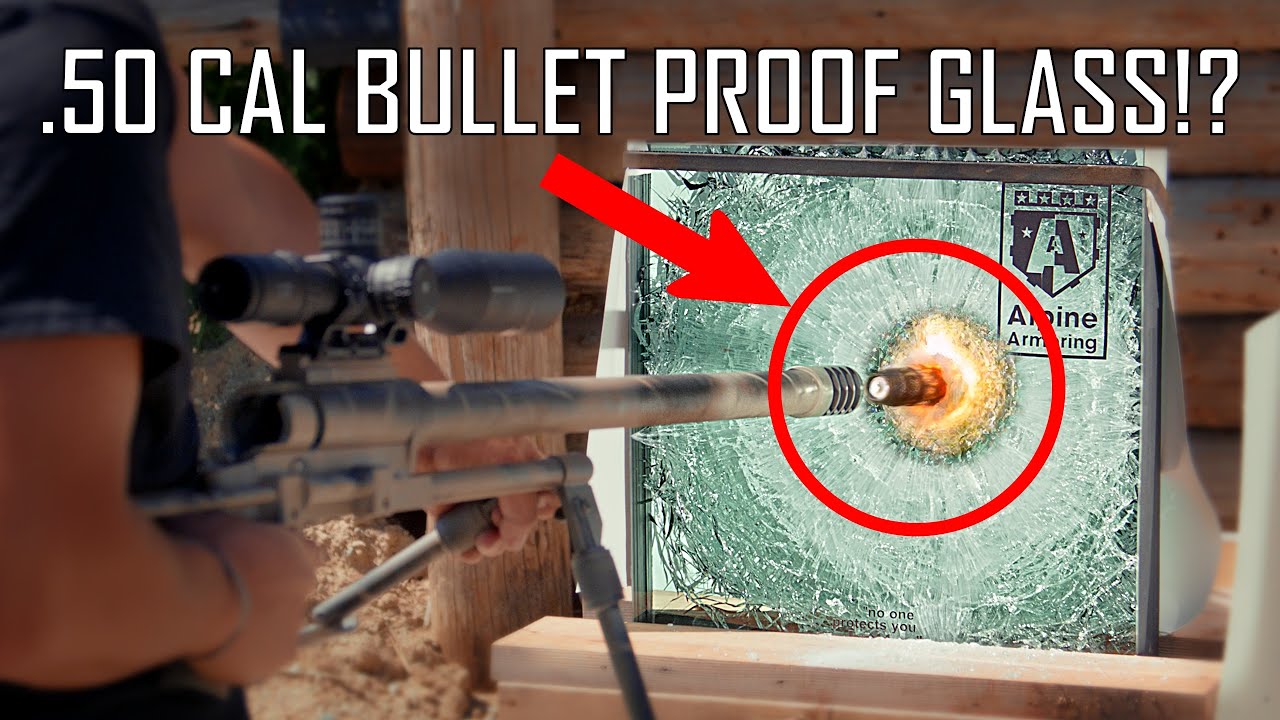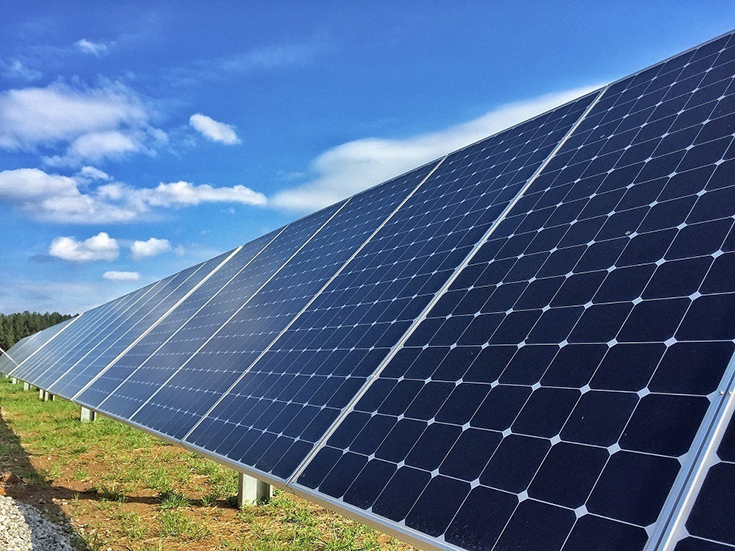Bullet proof glass is a type of transparent armor that can resist the impact of high-velocity projectiles, such as bullets, shrapnel, or explosives. It is commonly used in military vehicles, VIP cars, banks, embassies, and other security-sensitive buildings. But how does bullet proof glass work, and what makes it so strong?
It is not a single piece of glass, but a layered composite of various materials like glass, polycarbonate, acrylic, or ceramic. These layers are bonded with a special adhesive to create a thick and sturdy panel. The thickness and composition of the panel are determined by the needed level of protection and the anticipated threat.
When a bullet hits the bullet proof glass, the outer layer of glass absorbs some of the kinetic energy and shatters, creating a spider web pattern. The inner layers of polycarbonate or acrylic, which are more flexible and elastic, prevent the bullet from penetrating further, and distribute the remaining energy over a larger area. The bullet may deform or fragment, but it will not pass through the panel.
However, not all bullets are created equal. Some are more powerful and destructive than others, and can pose a serious challenge for bullet proof glass. One of the most feared weapons in the world is the .50 caliber Browning Machine Gun (BMG) Anti-Material round, which is designed to pierce through armored vehicles, concrete walls, and even aircraft. The .50 BMG round has a muzzle velocity of about 2,800 feet per second, and a muzzle energy of about 13,000 foot-pounds. That is equivalent to the force of a small car hitting you at 30 miles per hour.
Can bullet proof glass stop a .50 BMG round? The answer is yes, but only with the right kind of bullet proof glass. According to Armormax, a company that specializes in armoring vehicles and bullet proof glass, there are two types of bullet proof glass that can withstand a .50 BMG round: glass-clad polycarbonate and glass-ceramic composite.
Glass-clad polycarbonate is a type of bullet proof glass that consists of multiple layers of glass and polycarbonate, with a total thickness of about 3.5 inches. It can stop a .50 BMG round, but it will leave a large dent and crack on the surface. Glass-ceramic composite is a type of bullet proof glass that consists of a ceramic core sandwiched between two layers of glass, with a total thickness of about 2.5 inches. It can stop a .50 BMG round, and it will not show any visible damage on the surface.
Both types of bullet proof glass are extremely heavy and expensive, and are usually reserved for the most high-risk situations, such as military or presidential vehicles. However, some companies, such as Armormax and Alpine Armoring, offer these products to civilian customers who want the ultimate level of protection.

To demonstrate the effectiveness of their bullet proof glass, both companies have conducted tests and shared videos of their products stopping a .50 BMG round. In one video, Armormax shows a bullet proof window made of glass-clad polycarbonate, mounted on a steel frame, being shot by a .50 BMG rifle from a distance of about 50 feet. The bullet proof window stops the bullet, but leaves a large dent and crack on the surface. In another video, Alpine Armoring shows a bullet proof window made of glass-ceramic composite, mounted on a wooden frame, being shot by a .50 BMG rifle from a distance of about 100 feet. The bullet proof window stops the bullet, and does not show any visible damage on the surface.
These videos have attracted a lot of attention and curiosity from the online community, especially on platforms such as Reddit and YouTube, where they have received thousands of views and comments. Many people have expressed their admiration and awe for the bullet proof glass, and some have even joked about wanting to buy one for their own home or car.
Bullet proof glass is a remarkable invention that can save lives and protect valuable assets from harm. However, it is not invincible, and it has its limitations and drawbacks. It is important to understand how bullet proof glass works, and what kind of bullet proof glass is suitable for different scenarios. As technology advances, bullet proof glass may become more accessible and affordable, but it will also face new challenges and threats from more powerful and sophisticated weapons.
Related posts:
What can stop a .50 cal BMG AP round? – Armormax





